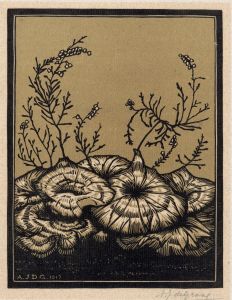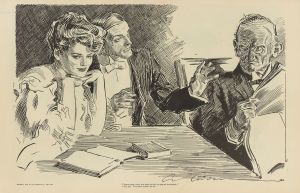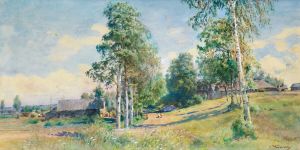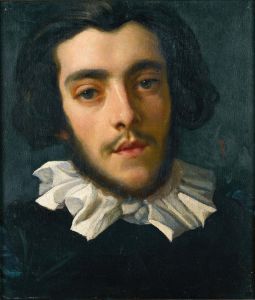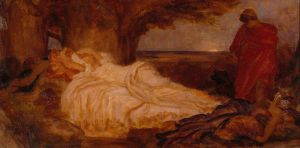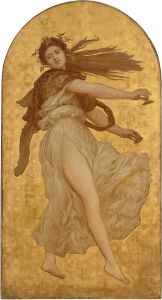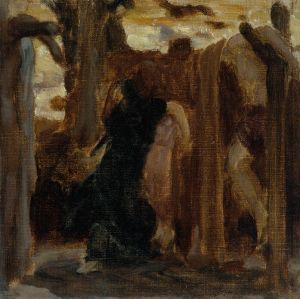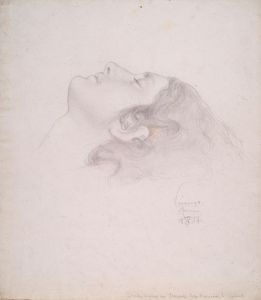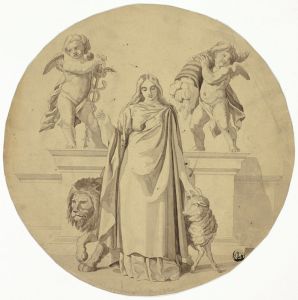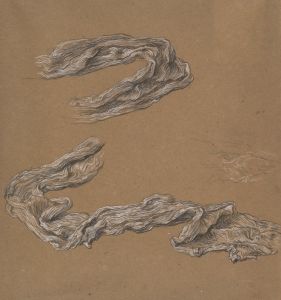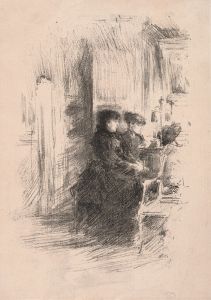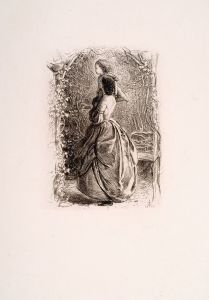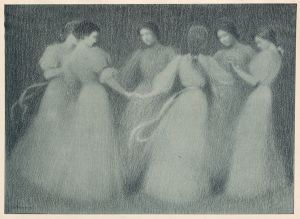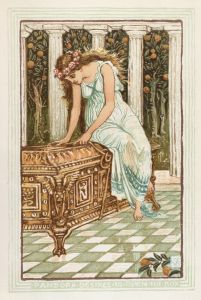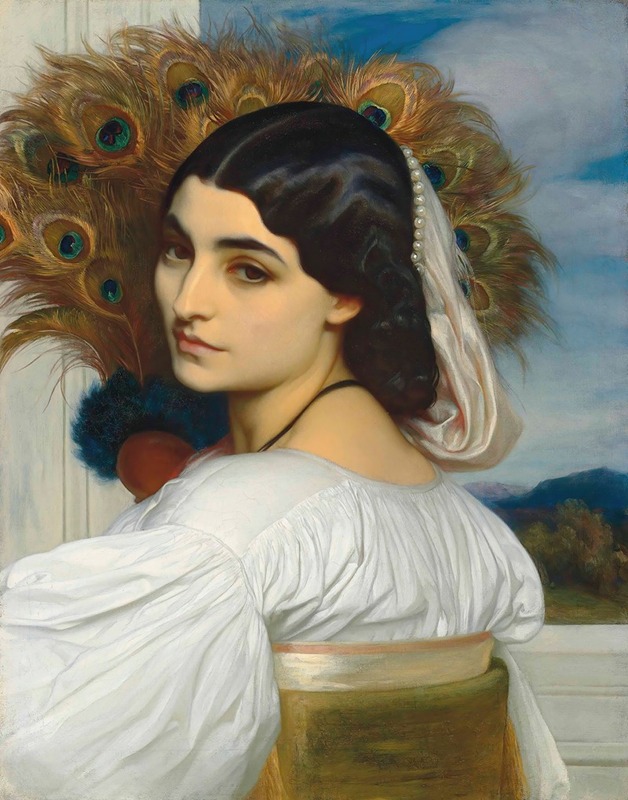
Pavonia
A hand-painted replica of Frederic Leighton’s masterpiece Pavonia, meticulously crafted by professional artists to capture the true essence of the original. Each piece is created with museum-quality canvas and rare mineral pigments, carefully painted by experienced artists with delicate brushstrokes and rich, layered colors to perfectly recreate the texture of the original artwork. Unlike machine-printed reproductions, this hand-painted version brings the painting to life, infused with the artist’s emotions and skill in every stroke. Whether for personal collection or home decoration, it instantly elevates the artistic atmosphere of any space.
"Pavonia" is a painting by the British artist Frederic Leighton, completed in 1858. Leighton, who later became known as Lord Leighton, was a prominent figure in the Victorian art world and a leading member of the Pre-Raphaelite Brotherhood. His works are celebrated for their classical themes, meticulous attention to detail, and vibrant use of color.
"Pavonia" is an exquisite example of Leighton's early work and showcases his skill in portraiture and his fascination with classical beauty. The painting features a young woman with dark hair adorned with a peacock feather, which is where the painting derives its name, as "Pavonia" is a reference to the Latin word for peacock, "pavo." The peacock feather is a symbol often associated with beauty and immortality, adding a layer of symbolic meaning to the artwork.
The subject of the painting is depicted with a serene and contemplative expression, her gaze directed slightly away from the viewer. She is dressed in a richly colored garment, which contrasts beautifully with her pale complexion and dark hair. The background of the painting is relatively plain, ensuring that the viewer's attention remains focused on the subject's face and the intricate details of her attire and accessories.
Leighton's use of light and shadow in "Pavonia" is masterful, creating a sense of depth and realism that brings the subject to life. The delicate rendering of the woman's features and the texture of her clothing demonstrate Leighton's technical prowess and his dedication to capturing the essence of his subjects.
"Pavonia" was well-received by contemporary audiences and critics, who praised Leighton's ability to combine classical ideals with a modern sensibility. The painting is considered an important work in Leighton's oeuvre and is often cited as an example of his early mastery of the portrait genre.
Today, "Pavonia" is part of the collection at the Walker Art Gallery in Liverpool, United Kingdom. The gallery, which houses an extensive collection of fine art, including works by other notable Pre-Raphaelite artists, provides an appropriate setting for this remarkable painting. Visitors to the gallery can view "Pavonia" and appreciate the skill and artistry of Frederic Leighton, as well as the enduring appeal of his work.
Leighton's influence on the art world extended beyond his own paintings. As the president of the Royal Academy of Arts from 1878 until his death in 1896, he played a significant role in shaping the direction of British art during the late 19th century. His commitment to artistic excellence and his support for fellow artists helped to foster a vibrant and dynamic art community.
In summary, "Pavonia" by Frederic Leighton is a significant work that exemplifies the artist's early talent and his ability to blend classical themes with contemporary techniques. The painting remains a testament to Leighton's skill as a portraitist and his enduring legacy in the history of art.





